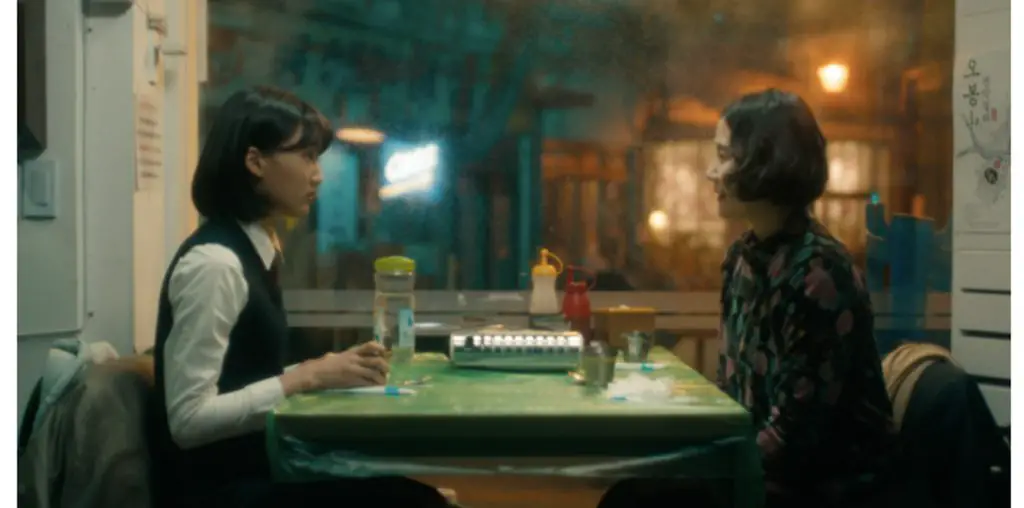
Nothing is sadder than a child who has experienced tragedy, but no trap is easier to fall into than that of dwelling on a moping kid until the image loses its meaning. “The 3 Rooms of Melancholia” is a beautiful but ultimately incomplete depiction of how the horrors of war, specifically the Russia-Chechnya conflict, affect children. Finnish director Pirjo Honkasalo’s attempt at documentary poetry fails to explore beyond the surface of the his subjects, resulting in a nice-looking piece that doesn’t go anywhere.
The film is a technical triumph, especially when taking into considerations the obvious difficulties of shooting across the Chechen border. At times the film feels like a structuralist work, recalling patterns of images and always introducing characters in the same overly dry way. The first room, subtitled “Nostalgia,” depicts the marches and exercises of a military school on an island near St. Petersburg for underprivileged children and orphans as well as soldiers’ children, but eventually feels like the images are simply meant to manipulate rather than communicate. The final section, “Remembering” (a slightly different feeling from nostalgia, I suppose), quietly observes children who were scarred in different ways—some raped by Russian soldiers—and are now under the care of a woman named Hadizhat Gataeva. Both these pieces begin to lose their meaning in service of the film’s lingering style. Gataeva also picks up children from their sick mother in the middle, and strongest, room, “Breathing. It depicts Chechnya’s capital of Grozny in a shrunk-down digital black-and-white screen. The images of this bombed and ruined city are extremely moving, as they offer a look at the horrible results of war.
Moments like kids having to leave their sick mother have great emotional impact, especially when recorded by Honkasalo’s unflinching camera, but the film as a whole fails in its endeavors to be a moving work. Long takes of depressed children’s faces lose their impact as it begins to feel that the film isn’t going to add up to much. “The 3 Rooms of Melancholia” certainly shows that war is horrible, but fails to fully understand the people who experience the horror beyond their sad exteriors.
